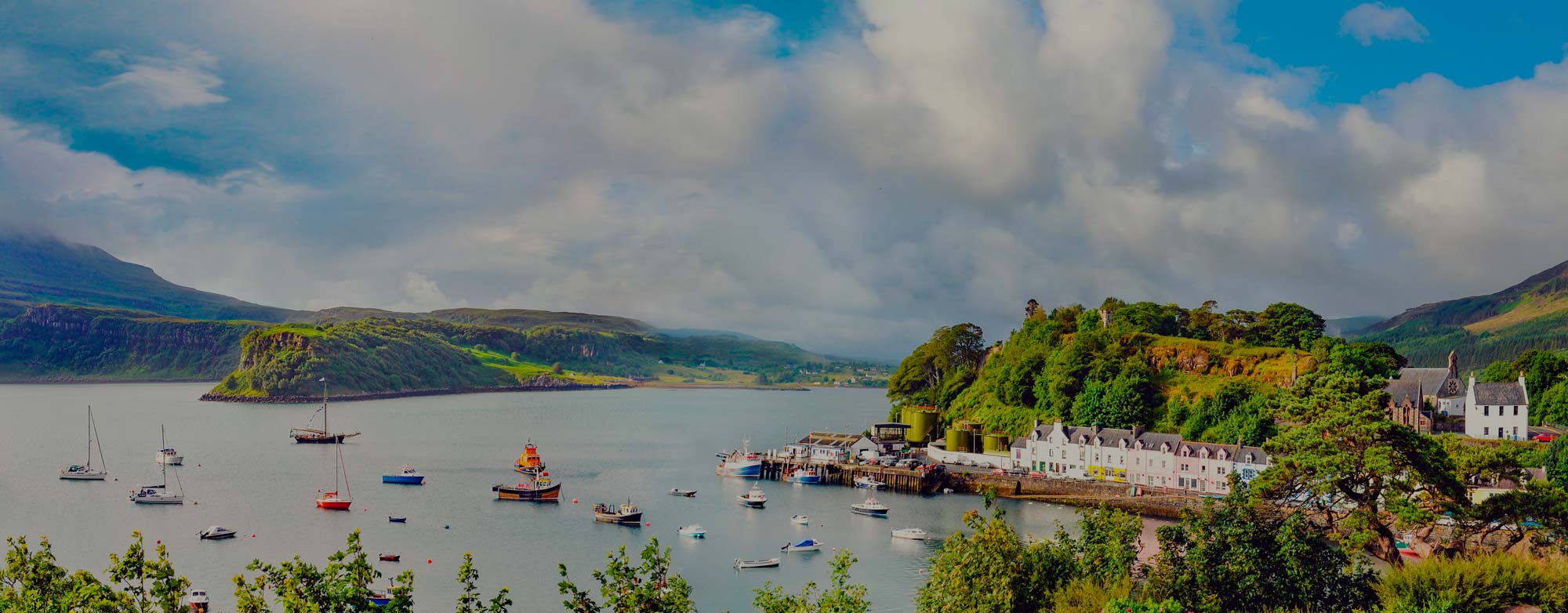
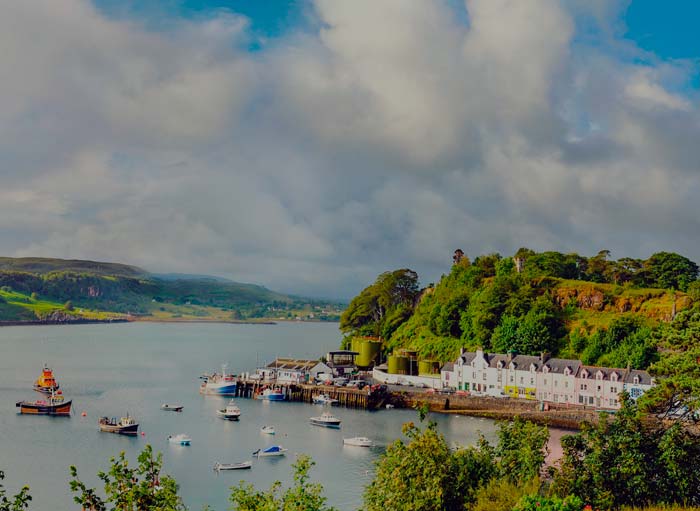


In ‘A Recipe for Gin’, we meet the people responsible for creating Scottish Gin recipes, providing a fascinating insight into the gin making process and the inspiration and challenges of bringing an idea for a gin to life.
Based in the main town of Portree on the world famous Isle of Skye, brothers Alastair (below left) and Thomas (below right) Wilson established the Isle of Skye Distillers in 2016. The family run distillery produces a variety of Scottish spirits including a range of Scottish Gin expressions and vodka. As well as the distillery, the brothers also run the island’s only gin school, which is located at their Isle of Skye Distillers shop in the centre of Portree.
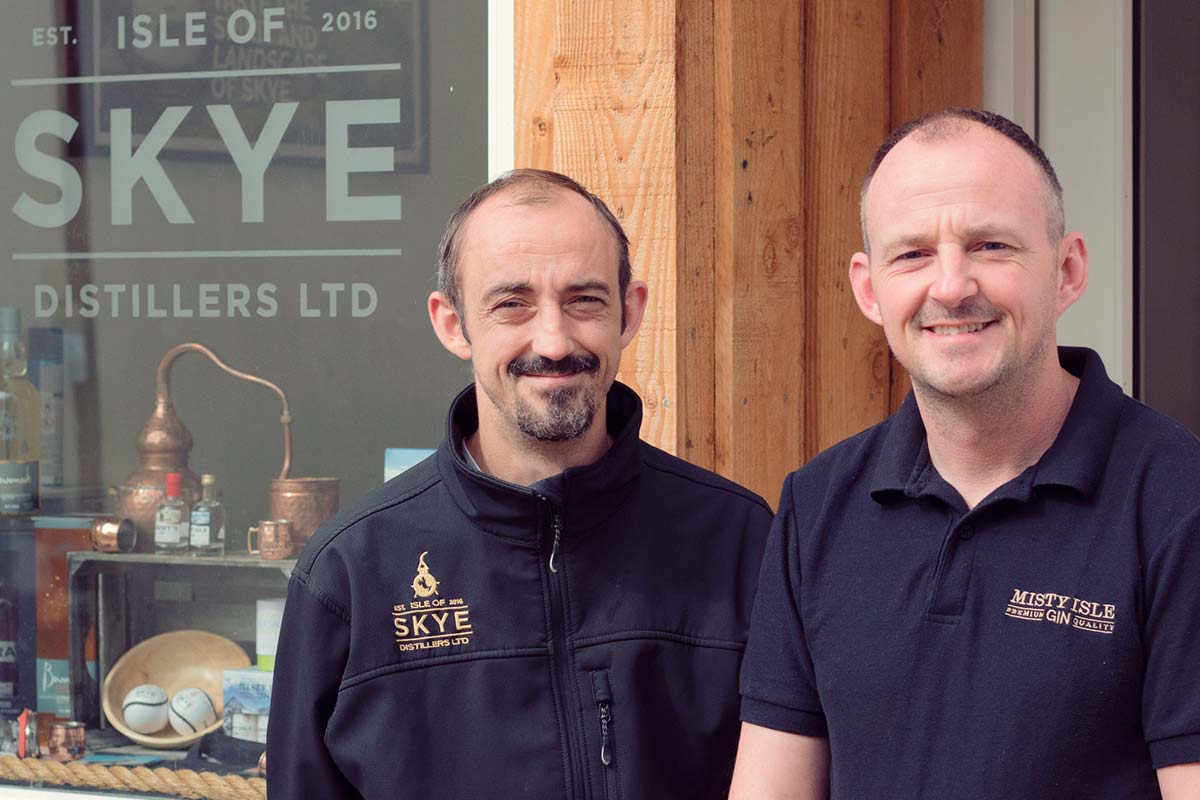
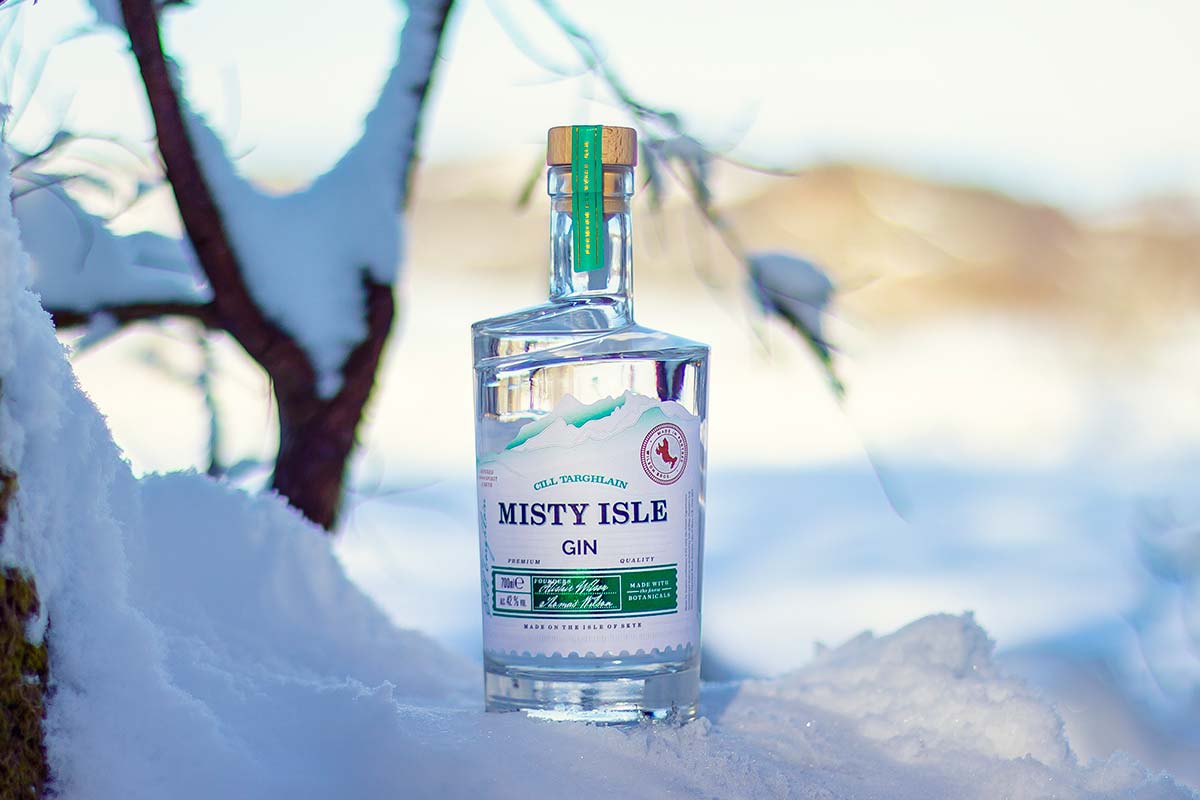
Taking inspiration from their surroundings, local legends, family history and more, the brothers incorporate a sense of place and meaning in every bottle. With its stunning landscape that covers sea, hill, mountain, forest and shore, there’s an abundance of inspiration to be found on the island off the West Coast of Scotland. We recently caught up with Alistair Wilson, co-founder and distiller to learn more about their latest Scottish Gin expression, Misty Isle Cill Targhlain Gin, which is Gaelic for Kiltaraglen, the original name for Portree before James V King of Scotland visited in 1540 and changed it to Portree or King’s Port.
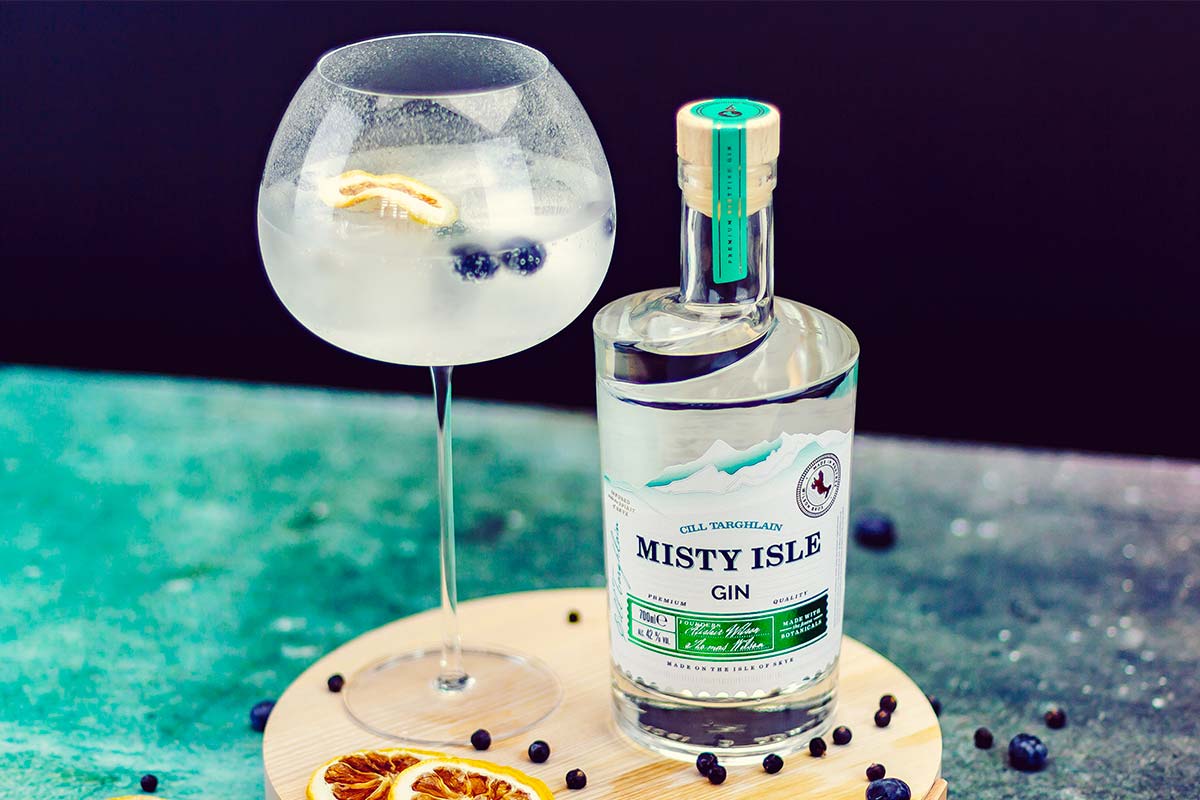
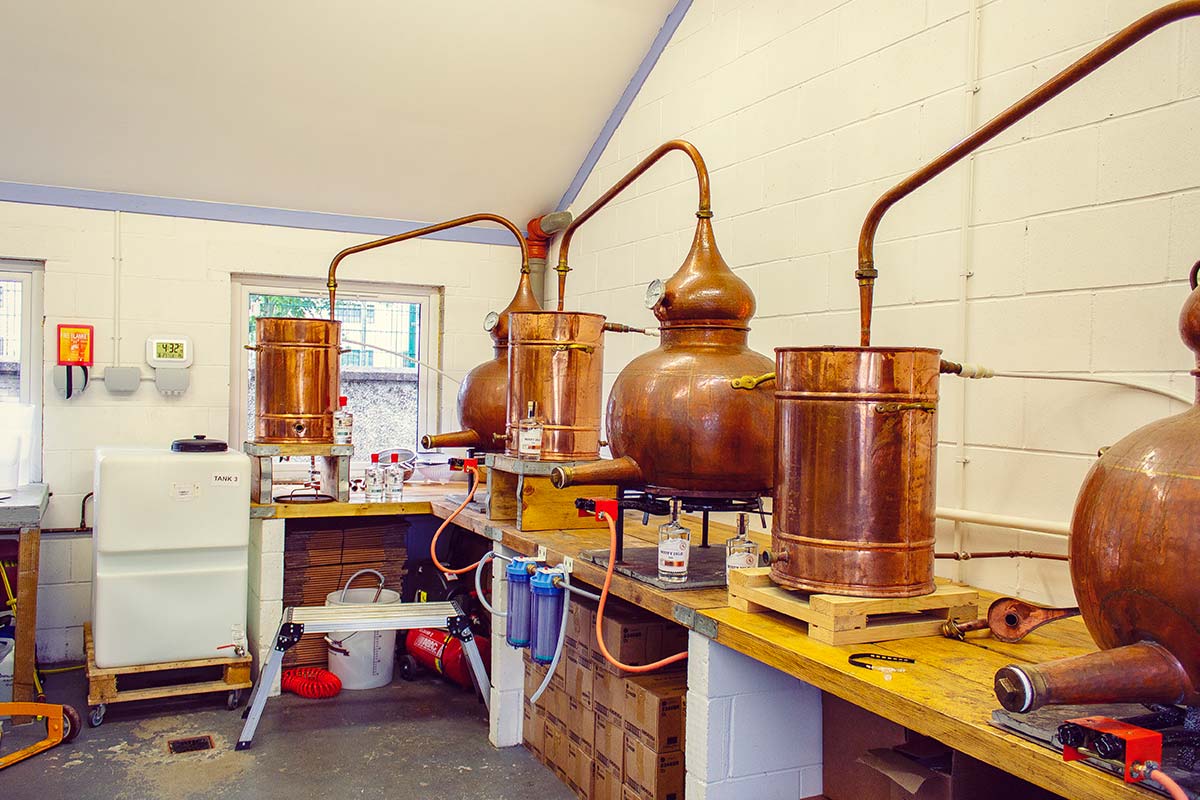
What inspired you to create this gin?
We had been thinking about creating something that was undeniably linked to Portree and Skye for a while and so decided to create a gin which uses entirely home grown or hand picked botanicals. So we’re satisfied that we’ve got a pretty special, meaningful and unique gin in our Misty Isle Cill Targhlain Gin. It means it’s harder to produce and there will never be as many bottles as our other core gins, but that’s also what makes it extra special.
What are some of the key botanicals in this gin?
All the botanicals come from Portree and play a key role in this gin. They fact they’re all grown or collected locally by us is the icing on the cake. All the juniper comes from juniper plants that we planted ourselves years ago; they grow pretty wild on our croft now. The coriander, Angelica and meadowsweet stalks are also grown at the croft and the blueberries are taken from our mum’s garden. The Sea Orache is collected from the shore at Portree, just a stone’s throw from our distillery. We’re fortunate that we can experiment at our Portree based gin school and so we’d been tinkering away with these elements for a while.
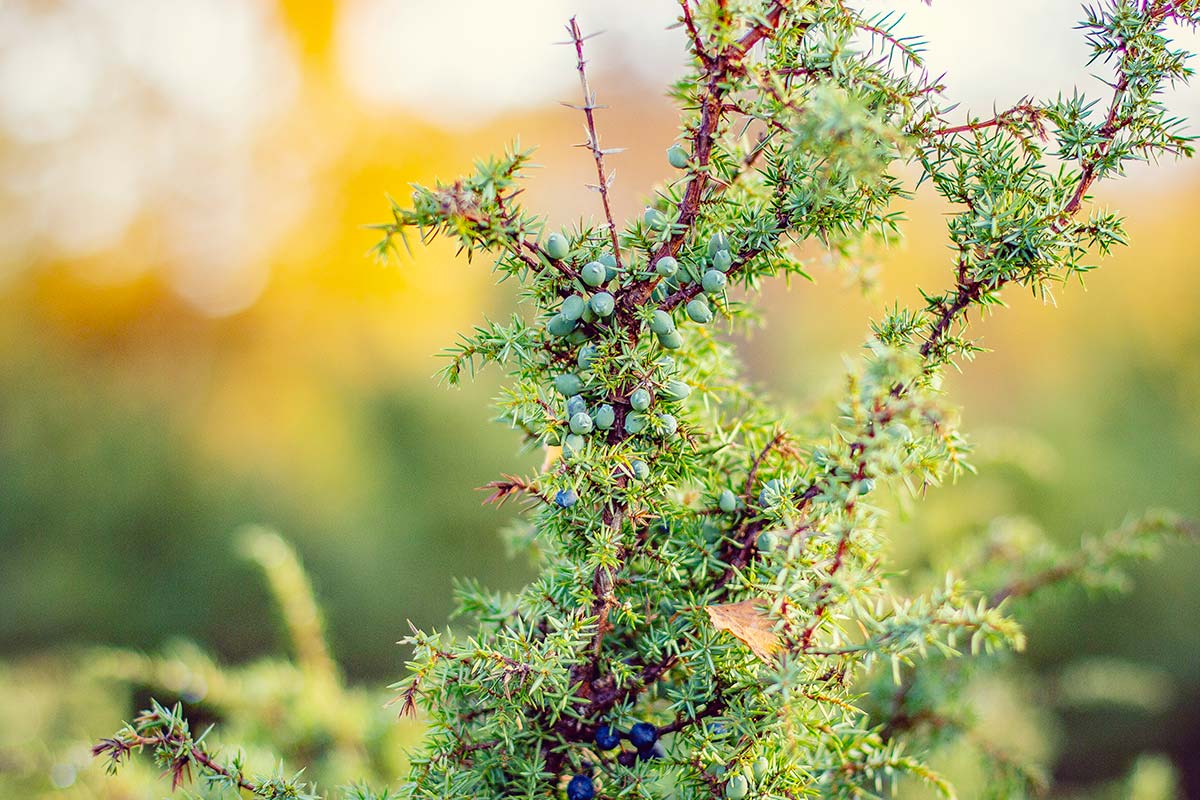
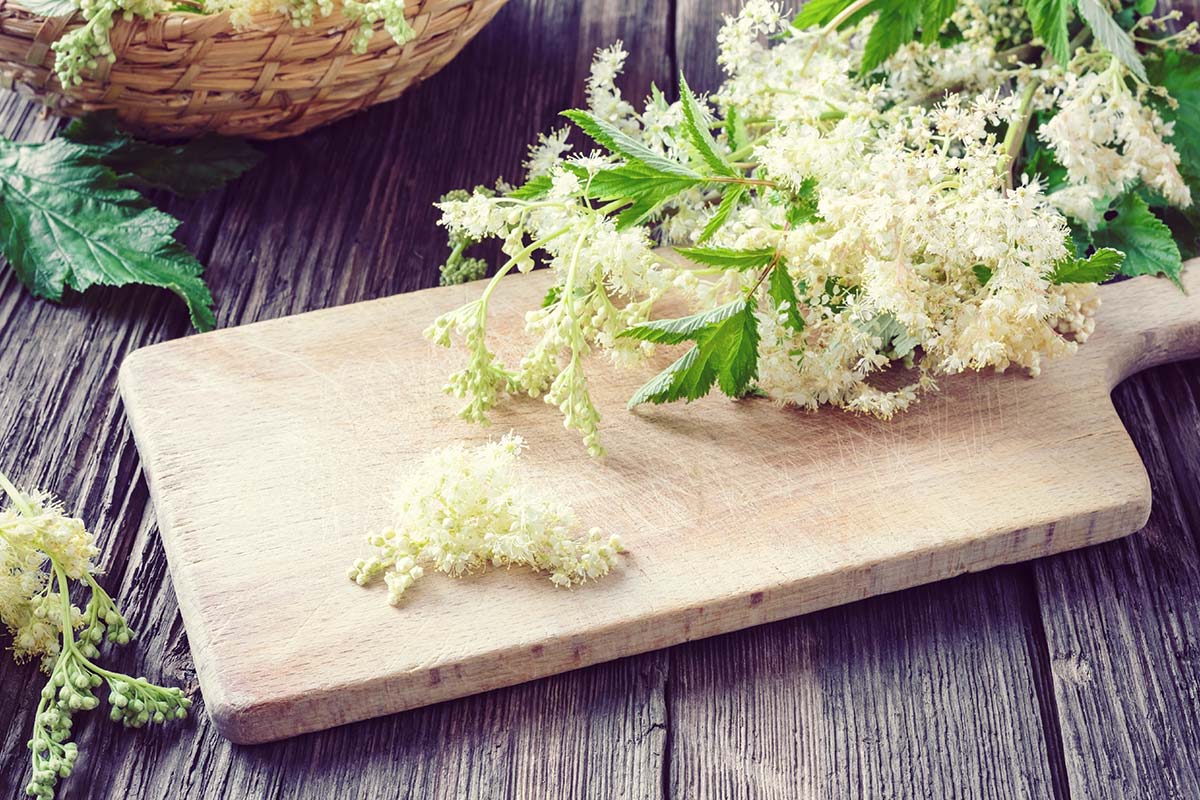
What’s the distillation process?
Very much the same as the rest of our gins. We have a process that works for us and so we loosely follow that for everything because it works. It’s traditional distilling at its best using two traditional alembic style copper pot stills. All the botanicals are vapour infused minus the juniper, which is pot infused.
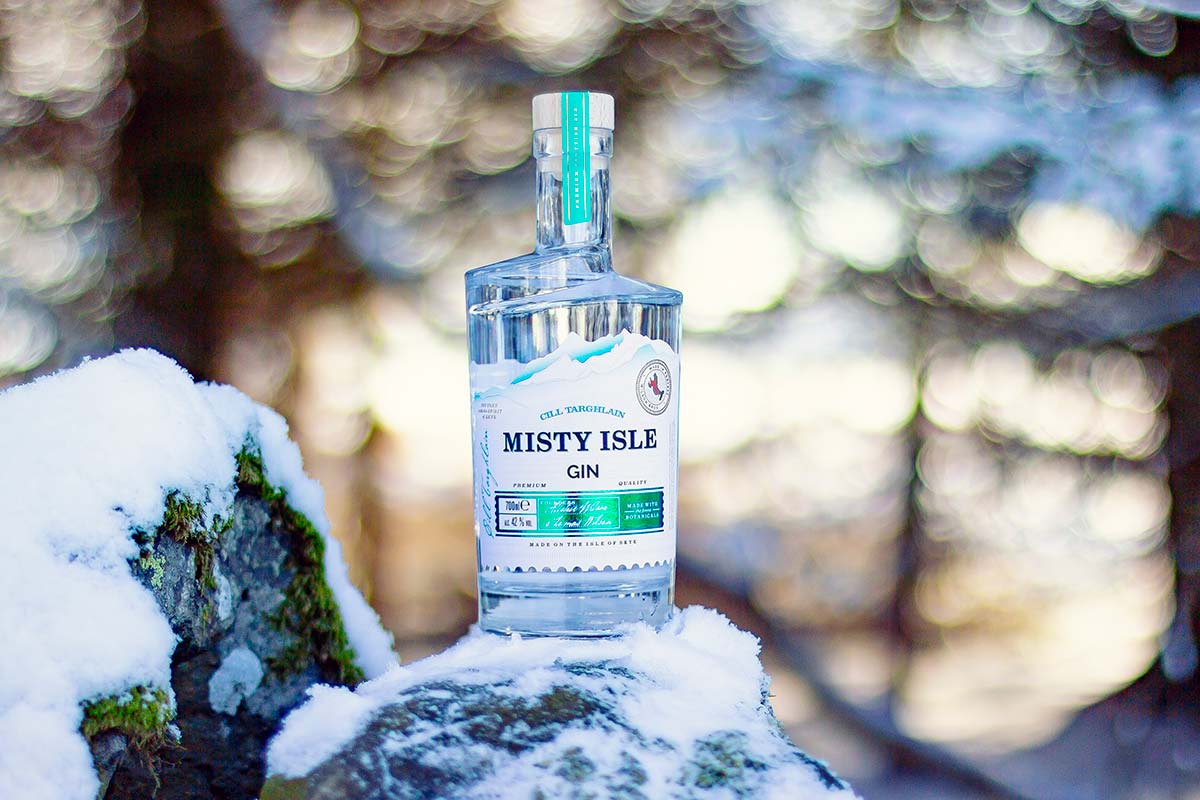
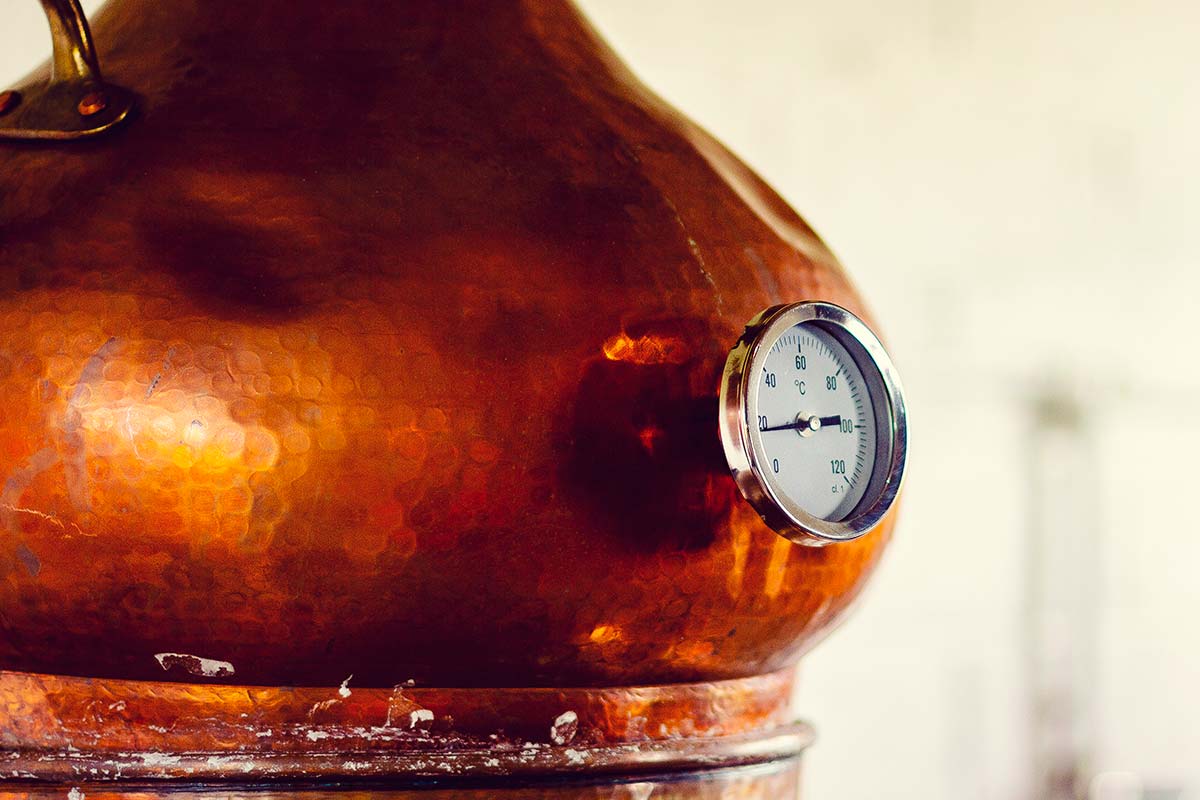
From start to finish how much time went into the creation of your gin recipe?
Typically our gins haven’t actually taken too long to develop and the same can be said here. I always have a rough idea of a recipe in my head, and with plenty of time and opportunity to play around at our gin school; new botanicals, developments and recipes are always on the go. I think we’ve hosted around 600 gin school sessions now and so we probably get the chance to experiment more than most.
Actually our Pink Gin took the longest to create of all our gins – around a year in total, as we wanted to get the natural taste and colour just right. With this Cill Tarhglain recipe, I knew what I wanted to use and we had experience with the core botanicals like juniper, coriander and Angelica, so it was just a case of getting the levels of meadowsweet and Sea Orache right. So in the end, it took maybe 3 or 4 trials at the gin school and then we got roughly where we waned to be before scaling it up onto our 50 litre and eventually moving to our 100 litre, which gave us our full batch.

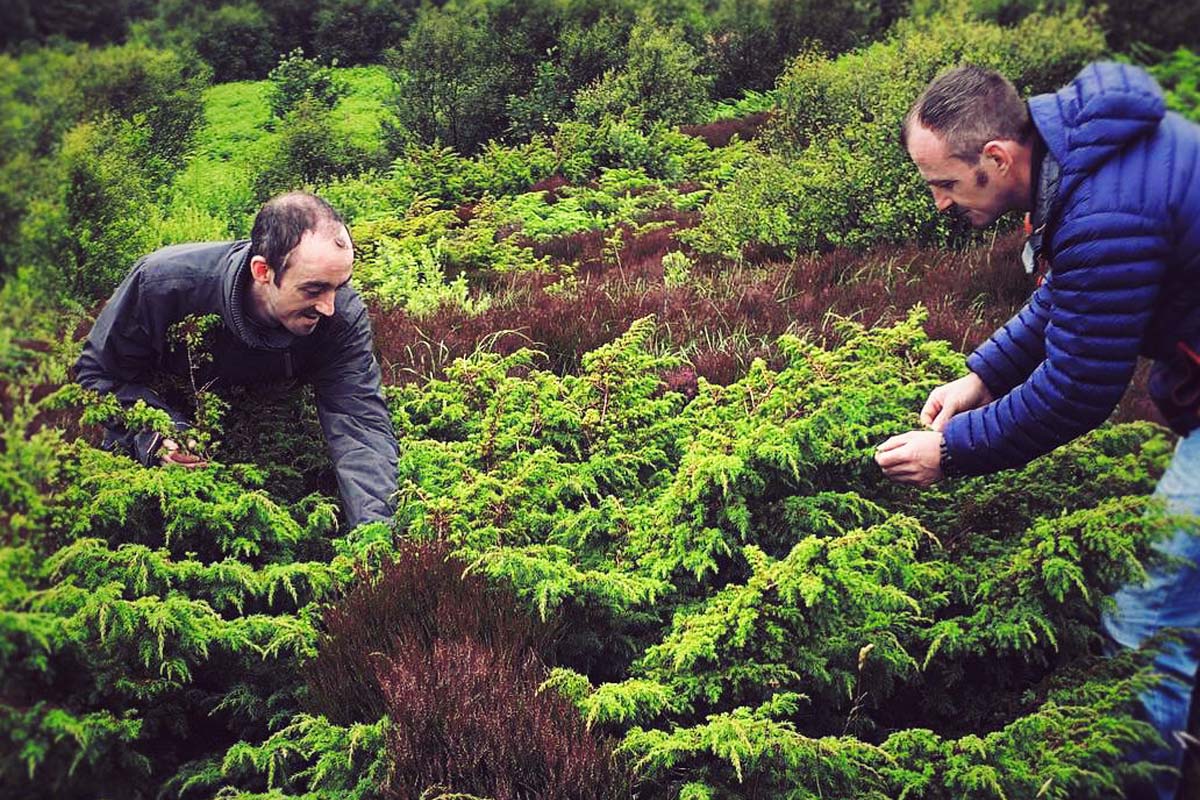
What were some of the biggest challenges you faced when making your gin?
Probably seasonality is the biggest issue. The Orache is only there during the summer months and it’s pretty much the same with everything we grow. We have to collect enough while it’s there. We collect bags of Orache and freeze it. Others are just put to one side or dried so we know we have enough for up coming batches. But at the end of the day, this gin was made to be special and connected to Portree so we’ll never produce more than a couple of thousand bottles of Cill Targhlain in a year.
Can you describe the flavour profile?
That’s a good question. I should know because I’ve drank quite a lot of it! When I drink it I find that the body of it comes from the meadowsweet – that seems to be at the spine of the gin alongside the juniper, providing a real piney sharpness. The sweetness comes from the blueberries and the citrus element is the coriander but then there’s a saltiness at the end coming from the Orache, which is exactly what I wanted to achieve. To be honest, if I had tasted nothing other than the juniper and saltiness I’d have been happy but the gin does take you on a bit of a taste journey with all the different elements. We’re really happy with the end result.
You can learn more about Isle of Skye Distillers here.
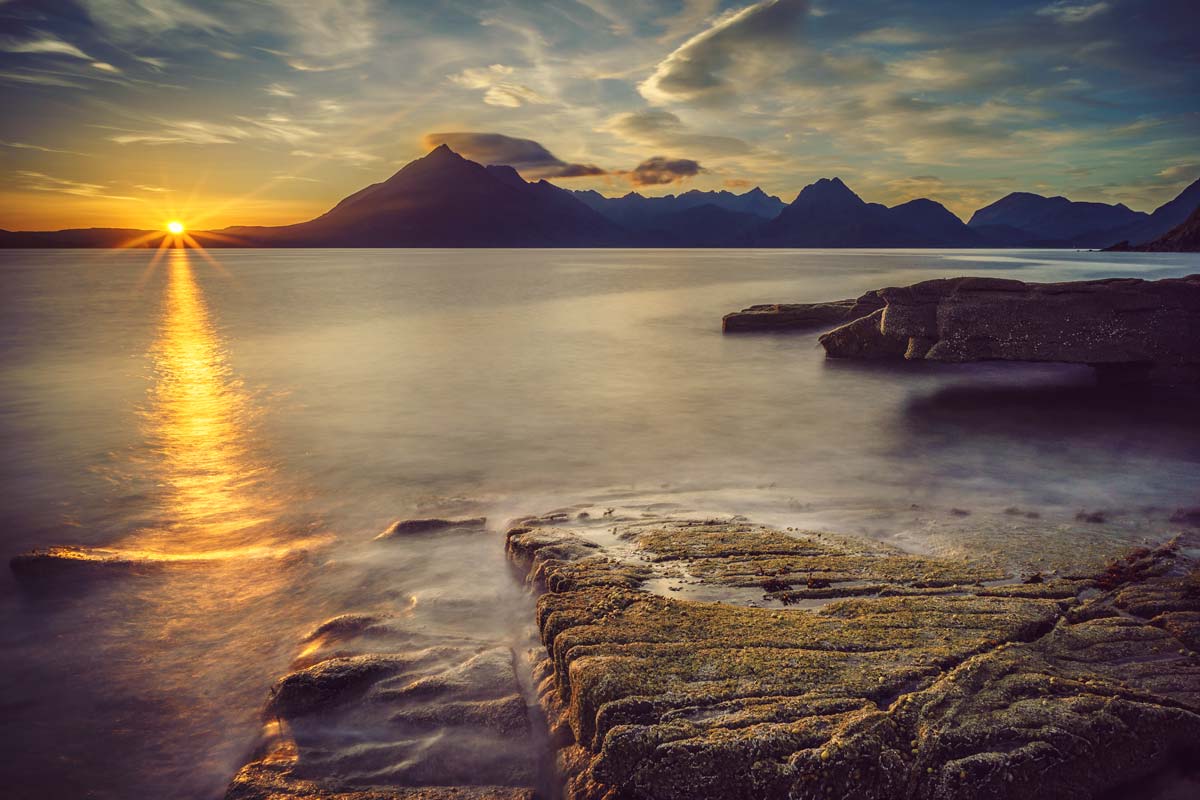
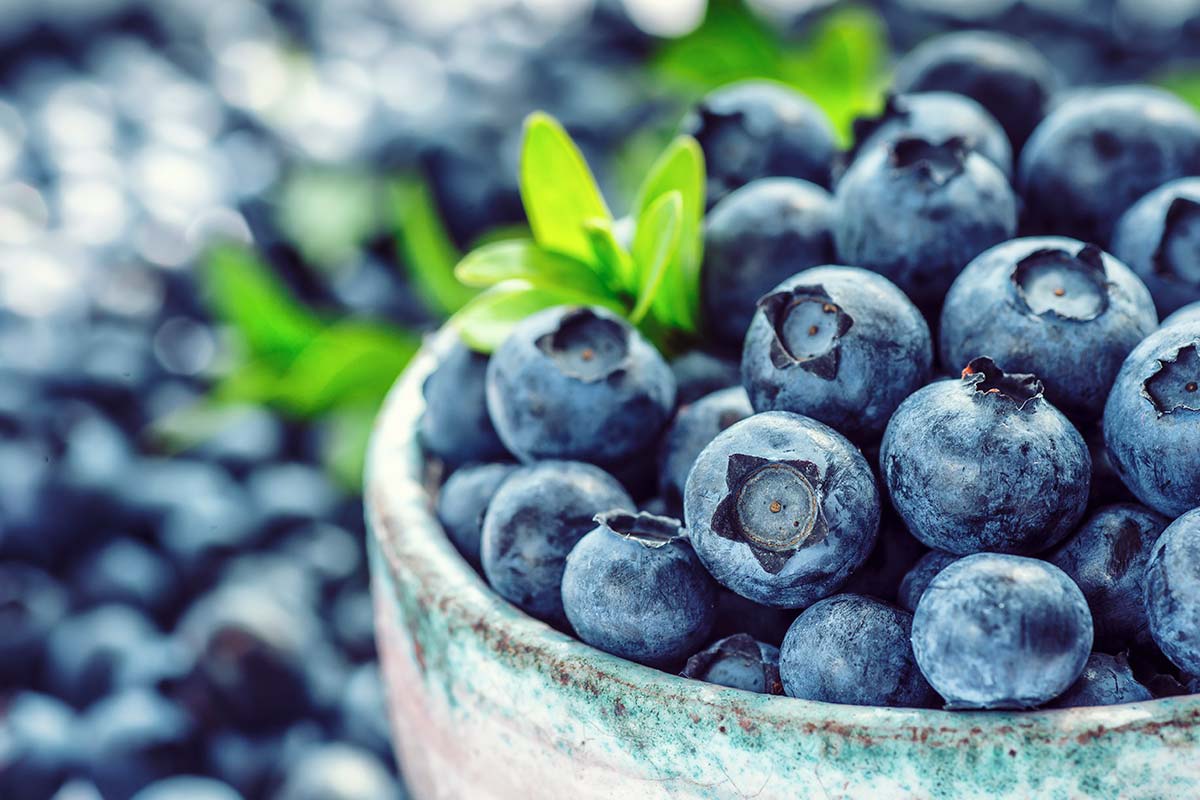
You can learn more about the maker by clicking the links below.